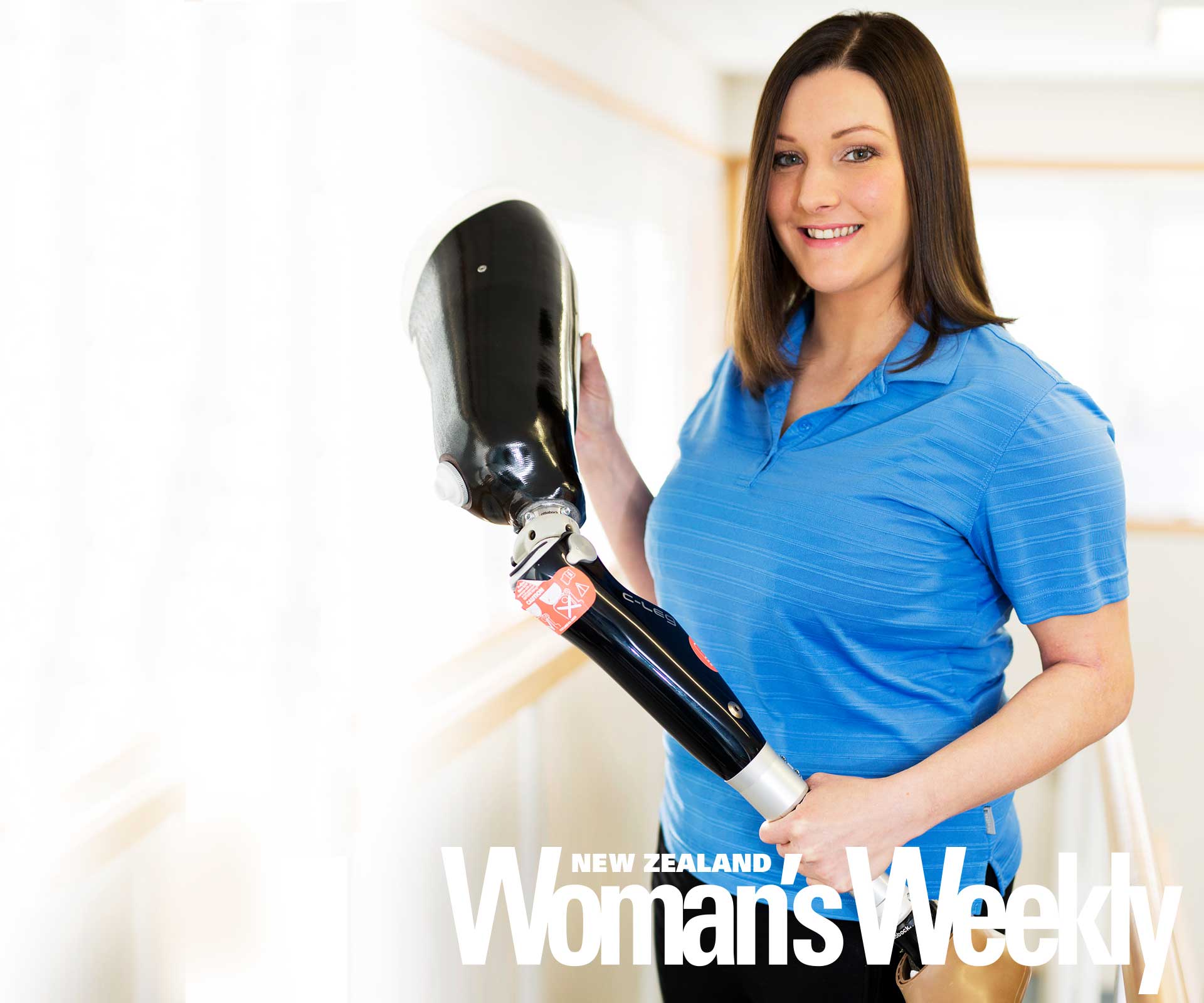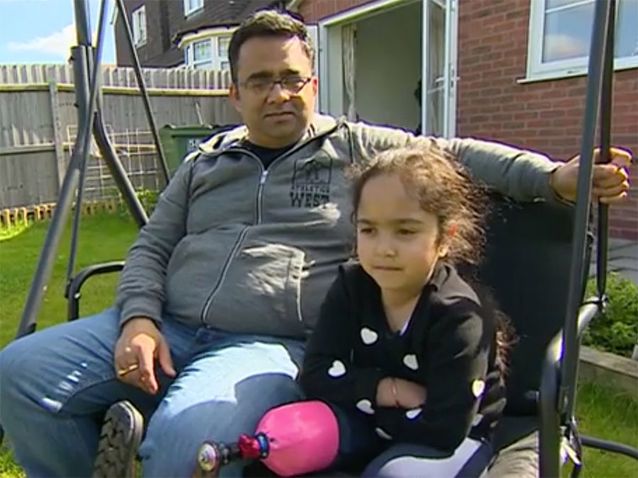“Most people who choose this industry as a career generally know someone who has been affected by amputation. In my final years of school, I had no idea what I wanted to do – I’d been working in a pub after school and spending my summer at camps in the US, often working with special needs children.
It wasn’t until I met a girl who was studying prosthetics and orthotics in Manchester that I really knew this was something for me. And then, that summer in 2005, my uncle had a motorcycle accident.
In the aftermath, I went along with him to his appointments, where it quickly became obvious he’d lose his leg.
My family, understandably, were worried for my uncle, but after learning a little about prosthetics and how they work, and talking to friends in the industry, I knew there was life after amputation. He got his prosthetic limb in 2008 and is able to do everything he wants to do – he even rides his bike!
On the positive side, I found out what working with those who’d suffered through amputation involved and it looked really interesting.

Rebecca in her workshop, where new technology is improving the life of amputees every day.
I went home and signed up for a Bachelor of Science in prosthetics that night.
There are only a few locations around the world that teach prosthetics and since I’m from Yorkshire, I studied in the UK. Seeing the difference a prosthetic limb makes to the life of a person was one of the biggest eye-openers.
One patient hadn’t enjoyed the process during his fittings but when he finally stood up and took his first steps, he burst into tears! You could tell he was just anxious about getting back to walking and what a difference it made to him to be able to stand up again.
There aren’t many days where you aren’t making a difference and doing something to improve people’s lives, and that’s such a good thing to be able to say about your job.
It may be science, but there is an art to it, for sure. Every patient’s anatomy is different, so you’ve got to know how to make the prosthetic’s socket comfortable because it doesn’t matter what technology you put underneath it, if that socket isn’t comfortable, the person won’t be able to walk on it.
My job is incredibly hands-on. We have a full workshop with different machinery.

To manufacture a limb can take about 20 hours, depending on the complexity of the project.
It’s a really exciting time to be in prosthetics. The technology that’s coming in is just fantastic to be around.
Carbon fibre is what we use to make most limbs out of because they are lightweight, energy returning and pretty flexible, so an everyday foot and a running blade can be made from the same material.
We are really embracing technology in New Zealand, as well. Something big I’ve been involved in is microprocessor knees, which is like a knee that is controlled by a computer so it adapts to what the user is doing.
We also have a few patients who have myoelectric limbs, which is where the electrodes are attached to the muscles in the arms or the chest, and that controls a robotic hand.
But sometimes I’ve still seen really old limbs on people, like legs made from metal or even a wooden leg!
I’ll still be working at 65 and I’ll still be learning because I don’t think it’s a profession you ever master. You evolve as the technology changes.

You can never predict how long it will be before someone is up and walking. But we try not to give a time frame. It depends on healing and how they adapt to a limb.
Some people have the wrong impression and think this is a really sad job, seeing all these people without any limbs.
But this is definitely not a sad job – every day is a good day. Sometimes you get a patient that gets you a little with the challenges they’re facing and you build real relationships, but that does turn around when you see them achieving things that they couldn’t achieve before they came here.
Just seeing the obstacles they overcome is really inspiring. Quite often you get a little tear in your eye.”
What I do to unwind is…
Exercise. I find myself at the gym a lot.
What moves me to tears…
Any chick-flick makes me cry. I’ve even been known to cry while watching Neighbours.
My favourite meal to cook…
Chilli con carne.


